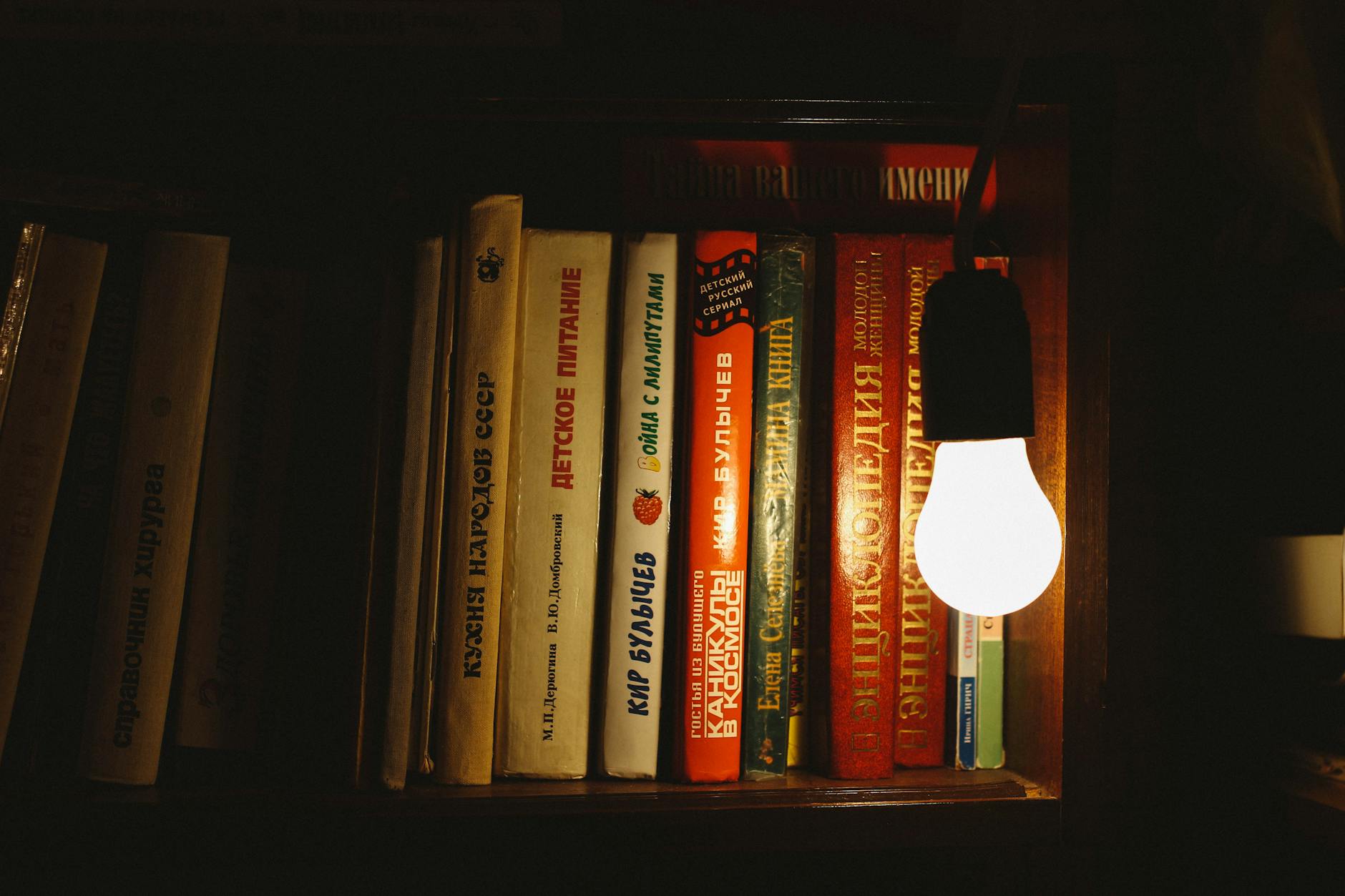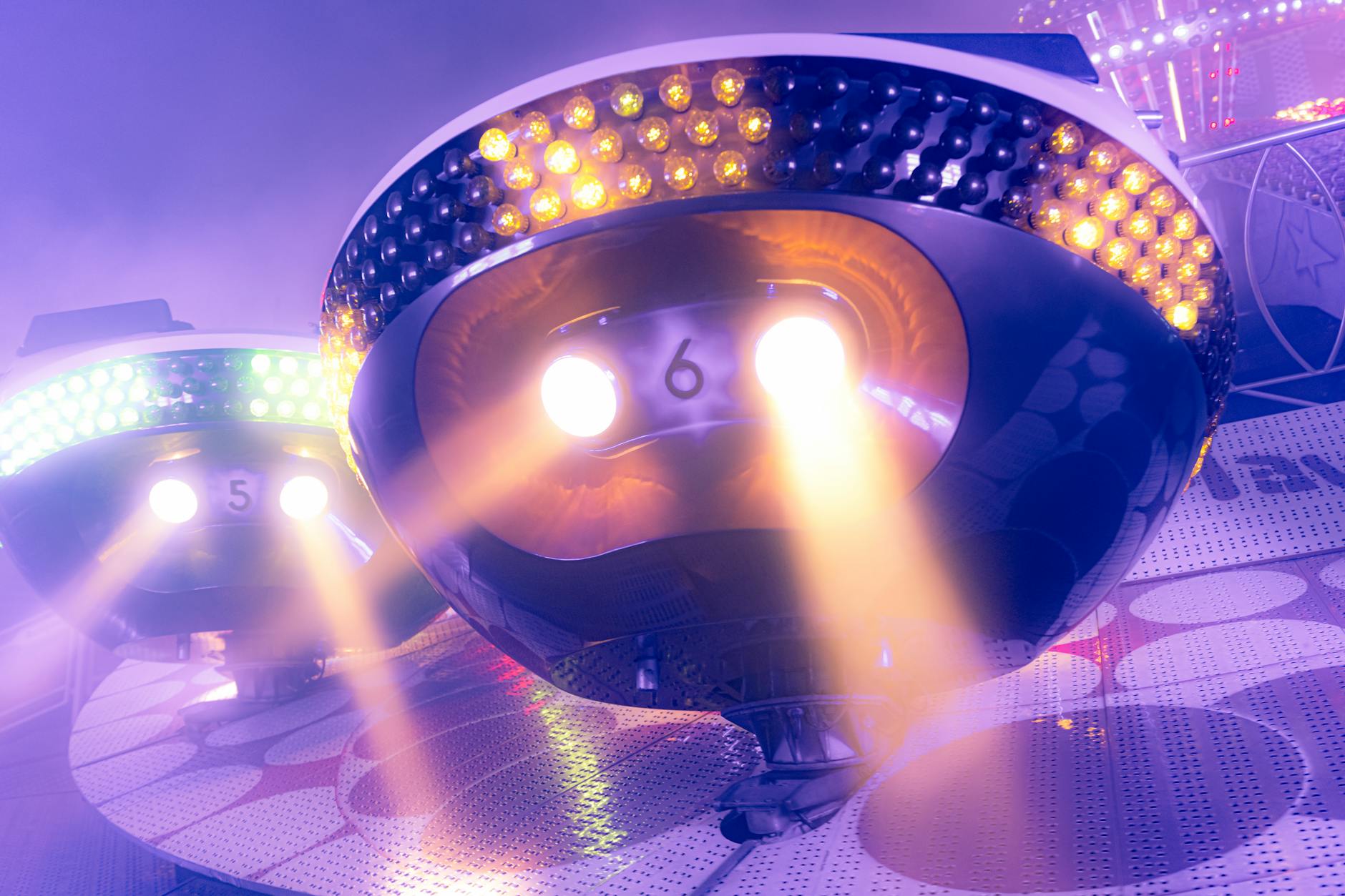Light Emitting Diodes (LEDs) are touted for their longevity and energy efficiency, making them a popular choice for home and office lighting. However, sometimes they do not live up to the hype and burn out much faster than expected. Let’s explore five common reasons behind the premature demise of LED bulbs and what you can do to extend their lifespan.
1. Overheating
LED bulbs don’t generate as much heat as traditional bulbs, but they are sensitive to high temperatures. Overheating can occur if the LED is enclosed in a fixture that doesn’t allow for proper heat dissipation. This excessive heat can damage the LED driver and shorten the bulb’s lifespan.

2. Poor Quality Bulb
Not all LED bulbs are created equal. Lower quality LEDs may have an inferior heat sink and components, leading to quicker burnout. Investing in bulbs from reputable manufacturers can save money in the long run by avoiding frequent replacements.
3. Incompatible Dimmer Switches
If you are using your LED bulbs with a dimmer switch that was designed for incandescent bulbs, this incompatibility can cause operational issues. It can lead to flickering, reduced lifespan, or even immediate failure of the LED bulb.
4. Voltage Fluctuations
LED bulbs require a steady voltage to operate effectively. If your home experiences frequent voltage fluctuations or surges, this can lead to premature burnout of the bulbs. Installing a voltage stabilizer or a surge protector can help mitigate this risk.

5. Frequent Switching
Frequently turning an LED bulb on and off can also shorten its lifespan. Unlike incandescent bulbs, LEDs can take a toll from the rapid changes in power cycling.
Extending the Life of Your LED Bulbs
To extend the life of your LED bulbs, ensure they are properly ventilated, use them with compatible fixtures and switches, and protect them from voltage fluctuations. Consider investing in higher quality bulbs for areas of frequent use, which though more expensive initially, can lead to savings and reduced hassle over time.

The right care and consideration can significantly impact the lifespan of your LED bulbs, ensuring they live up to their energy-efficient and cost-effective promise.
Conclusion
While LED bulbs offer many advantages, they require proper usage and precautions to prevent premature failure. By understanding and addressing the common culprits behind their burnout, you can enjoy the benefits of LED lighting for much longer.
Frequently Asked Questions
How long should an LED bulb last? Typically, LED bulbs are expected to last between 25,000 to 50,000 hours, significantly longer than traditional bulbs.
Can LED bulbs be used in any light fixture? Most LED bulbs are designed to fit standard fixtures, but it’s important to check compatibility, especially with dimmers or enclosed fixtures.
Is it worth buying more expensive LED bulbs? Higher quality LEDs often have better heat sinks and components, making them a worthwhile investment due to their longer lifespan and reliability.
Why do my LED bulbs flicker? Flickering can be caused by incompatibility with dimmer switches, voltage fluctuations, or using a lower quality bulb. Identifying the root cause is key to resolving the issue.
Can I prevent my LED bulbs from burning out early? Yes, by ensuring proper installation, using compatible devices, protecting them from voltage surges, and opting for quality bulbs, you can significantly extend their lifespan.





